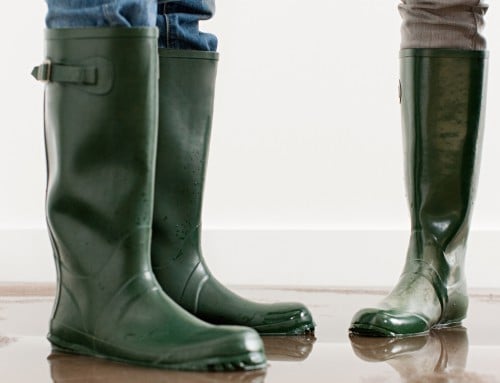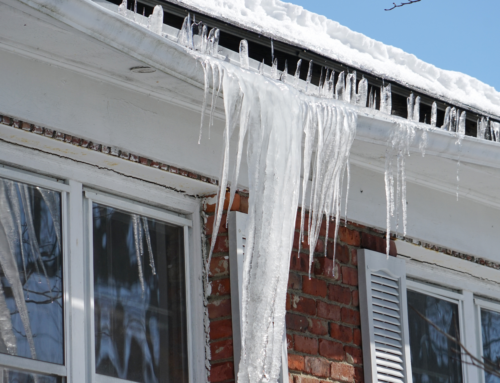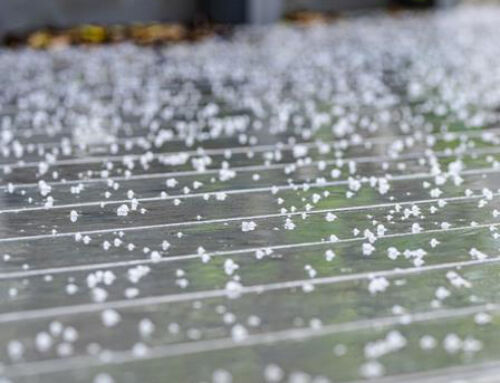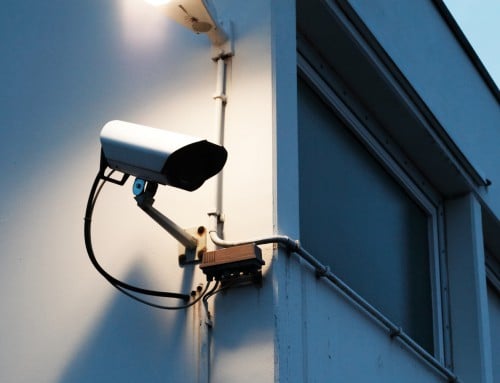As a home heating fuel dealer, you face many different operational risks. It’s important to provide your drivers and employees with the right safety and loss prevention training so they can deliver fuel safely and avoid losses such as spills, which can be difficult to clean and contain.
A spill can occur inside a home (generally in the basement), in an outbuilding or garage, or outside the home. The smell of fuel is also difficult to remove and can result in the need to renovate the entire basement or area where the spill began. If the fuel is not contained, it can spread into drainage systems and cause significant damage to bodies of water or drinking water supplies.
A fuel spill can be costly to your bottom line, your reputation, and the environment. Here are some best practices to help your business understand what it can do to avoid this loss:
Performing a proper physical and visual inspection
Before delivering the fuel, conduct an inspection to ensure that the tank does not have internal corrosion. Before you install the tank, inspect the home to ensure the pipes and filters are not leaking, and that there is no damage to piping due to falling objects. Here is what your inspection should consist of:
- A look at the outside tank, filter, valve, and piping before every delivery. Note that internal corrosion typically occurs near the legs and supports.
- A regular or annual look at the interior tanks and piping.
- Take note of overhanging ice, snow, ground movement, and falling objects at the location of delivery.
Verify locations of home and fuel components
It’s important to confirm the client’s address before making the fuel delivery, as delivering fuel to the wrong home can result in large property losses. In addition, ensure that you verify the location of the pipe, tanks, and other components related to the job. Other information you should have ahead of the delivery includes:
- Up-to-date client information, such as full name, phone number, ect.
- Updated automatic fill requests.
- Specific addresses (confirm this with the homeowner) and reference to past account reports with photos, diagrams, and descriptions of tanks or fill pipes.
Be confident that you have the correct home address and tank or fill pipe before starting the fill. If a whistle is not heard when fueling into a fill pipe, stop and investigate immediately. Make sure to properly decommission tanks, which includes capping the fill pipe or preferably removing the fill and vent pipes.
Prevent fuel overfills
There are a few ways you can help prevent fuel overfills, which can include overfilling of the tank, blow back at the fill pipe, and spills occurring between the truck and the tank or fill pipe.
- When filling a pipe for inside tanks, listen for a whistle as air is pushed out – it causes the whistle to sound if there is room for more oil. When the whistle stops, stop filling!
- Stop filling immediately if there are any indications of a whistle malfunction, and report for repair.
- Don’t leave the nozzle unattended during the filling process.
- Pay attention to the hose and nozzle when moving to and from the filling area.
- Be careful when hauling the hose around obstacles.
- Always follow your business’ written policy and procedures when there is a malfunctioning whistle on an empty tank requiring an emergency fill.
Installing components
All fuel drivers should receive proper training on how to perform the proper installation of fuel delivery and storage components, such as valves, fuel lines, and fuel filters. Train and provide resources for employees and subcontractors on processes and procedures for installation to ensure that everything is sealed before leaving the site. This reduces the risk of leakage and other forms of damage to equipment.
Fuel tank drivers play a critical role in preventing losses. Their expertise and physical presence on-site allow them to observe the situation and their surroundings, and then identify and resolve any issues.
Electronic fuel monitoring devices may be appropriate in some circumstances. If you are a bulk fuel company, consider implementing a tank risk management program for your tanks, as well as the tanks you service. It may be helpful to have all fuel drivers maintain a recordkeeping system that logs serial numbers, construction, age, condition, location, dates of annual inspections, and additional details. This can help confirm that tanks and systems are properly set up and are being maintained.
Guidelines for fuel oil tanks
Many home heating fuel dealers also face the risk of spills during residential fuel deliveries. To help combat this risk, here some helpful tips:
Monitoring tank age
It is important to keep note of how old your tank is. On average, a fuel tank can last around 20 years before it needs to be replaced. Any tanks older than twenty-five years of age after the identified dates cannot be filled under any circumstances. Tanks with no labels are assumed to be over forty-five years old and should be changed immediately.
Tank Type
Fiberglass, single walled steel tanks with a double bottom, or double walled tanks are suitable for use with a maximum life span of forty years. For mobile homes, a bottom outlet tank is not practical. In these situations, a top feed tank is acceptable with a double line system. To avoid premature corrosion, it’s important to siphon off the bottom of the tank annually to remove any unwanted moisture and/or sediment. All tanks should be installed by a qualified technician.
Indoor Oil Tanks
We continue to encourage the installation of 12-gauge tanks indoors, however, 12 or 14-gauge tanks are acceptable.
Outdoor Oil Tanks
Outdoor tanks that are made of steel should be 12-gauge steel and they should be designed and designated for outdoor use. Protect outdoor tanks and their connections, including the fuel line, from damage. Install fuel lines in a manner that prevents the accumulation of water and possible freezing.
Fuel Pump-Over
Avoid the transfer of fuel from an old tank to a new tank. If it’s necessary to transfer fuel, use a filtering pump that separates it from any potential contaminants (water and sludge).
Tank Fittings and Fuel Lines
All tank fittings should be the flare type with a minimal number of connections being made. When replacing the fuel line, do so completely from tank to appliance. Do not re-use the old fuel line.
Ensure your property is protected with Fuel Dealer’s Insurance
By implementing some of these key tips, you can rest easy knowing you’ve done what you can to protect your business. However, no matter how much you prepare, a fuel spill can still happen in your building. To learn more about how a tailored insurance policy can help protect you, your employees, and your building, visit our Fuel Dealer’s Insurance page today.
This blog is provided for information only and is not a substitute for professional advice. We make no representations or warranties regarding the accuracy or completeness of the information and will not be responsible for any loss arising out of reliance on the information.






